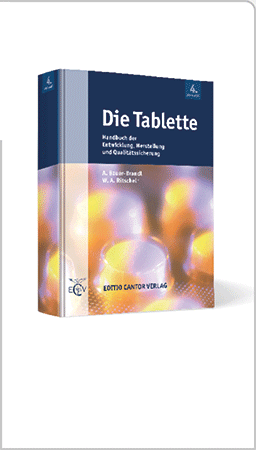In vivo Distribution of 125I-radiolabelled Solid Lipid Nanoparticles Holger Weyhers1, Raimar Löbenberg2, Wolfgang Mehnert1, Eliana B. Souto1, Jörg Kreuter2, and Rainer H. Müller1 Department of Pharmaceutics, Biopharmaceutics and Biotechnology, Free University of Berlin1 (Germany), and Corresponding author: Prof. Dr. Rainer H. Müller, Department of Pharmaceutics, Biopharmaceutics and Biotechnology, Free University of Berlin, Kelchstr. 31, 12169 Berlin (Germany), Fax +49 (0)30 83 85 06 16, e-mail: mpharma@zedat.fu-berlin.de Biodegradable surface-modified solid lipid nanoparticles (SLN) were radiolabelled by incorporation of a lipophilic radiochemical (testosterone 125I-labelled histamine derivative) into the lipid matrix. The radiolabelled SLN dispersions were intravenously injected via the tail vein of Wistar Unilever rats. The subsequent organ distribution was determined at 5 different time points (5 min, 15 min, 1 h, 4 h, 24 h) by the quantification of radioactivity in the dissected organs. The organ distribution pattern of the administered SLN batches showed no relevant differences to the aqueous solution of the marker (reference). In vitro release studies in plasma proved at least for the first time point (5 min) a satisfying stability of the radioactive labelling. For this time point, the observed data indicated that the administered SLN formulations remain in the blood in contrast to many other colloidal drug carriers. Otherwise significant higher amounts of radioactivity would have been determined in organs of the mononuclear phagocytic system (MPS) such as liver and spleen, in comparison to the organ distribution of the reference (aqueous solution of free marker). The body distribution of circulating SLN that rapidly release the marker is in general similar to the administered reference at later time points after the injection. The identical organ distribution at times higher than 15 min was attributed to degradation of SLN leading to a fast release of the marker. Key words Poloxamer 407 • Poloxamine 908 • SLN • Solid lipid nanoparticles, in vivo distribution • Tween 80 |
|
|
pharmind 2006, Nr. 7, Seite 889




